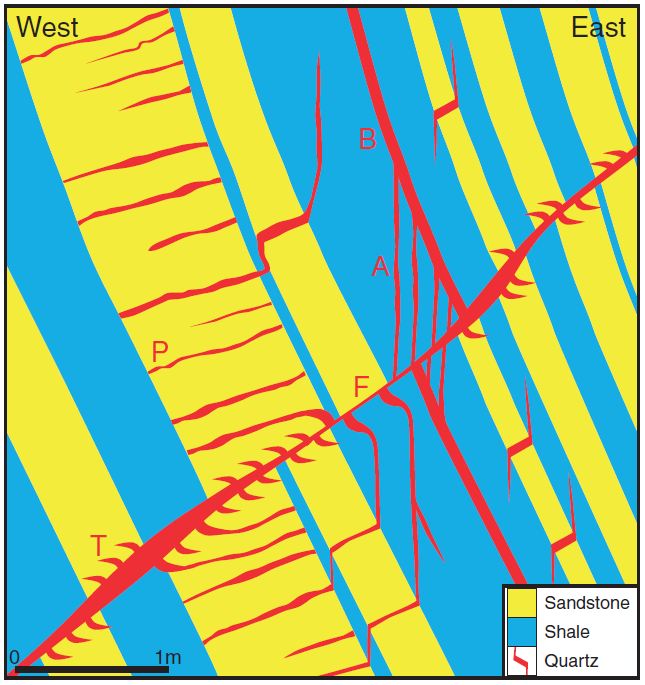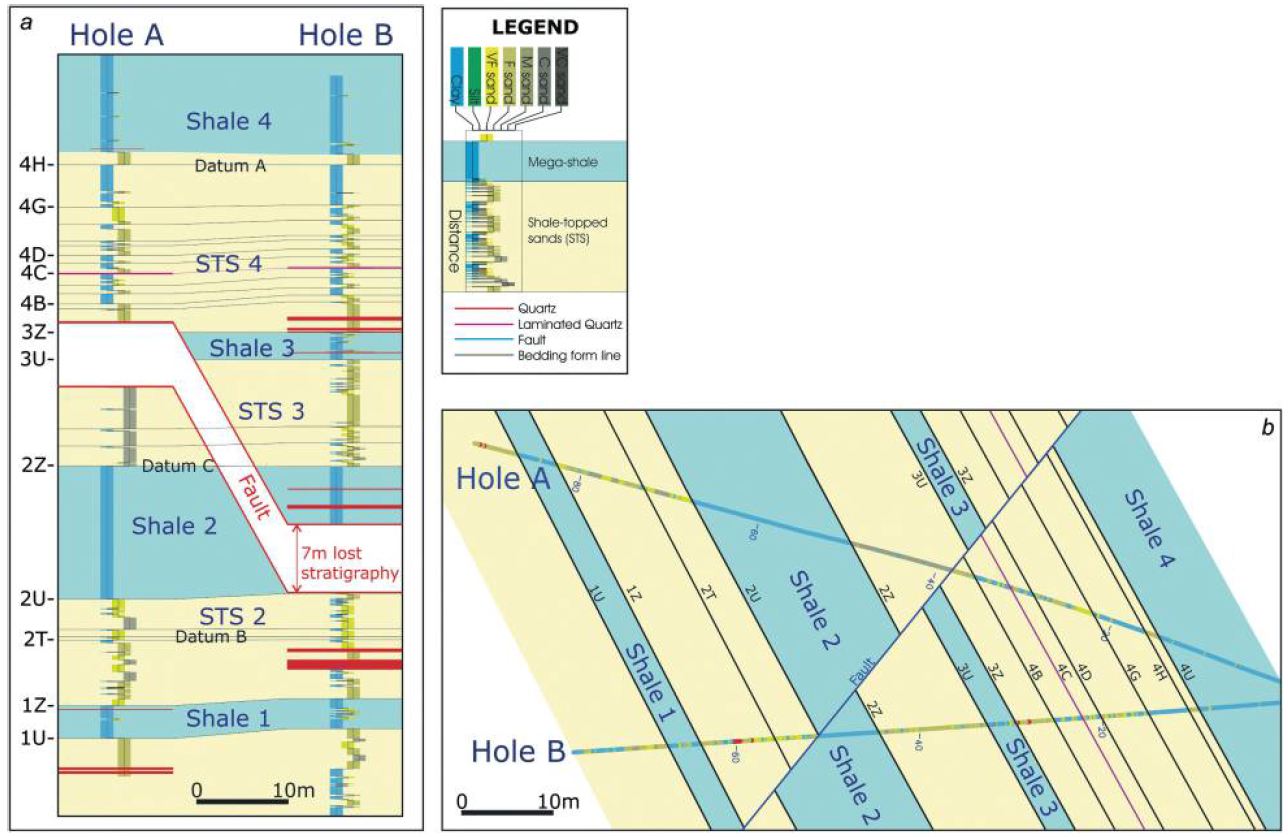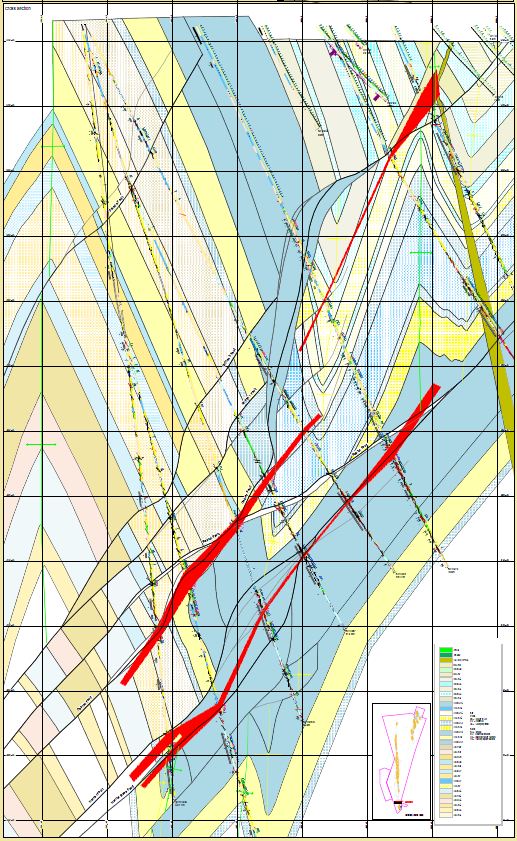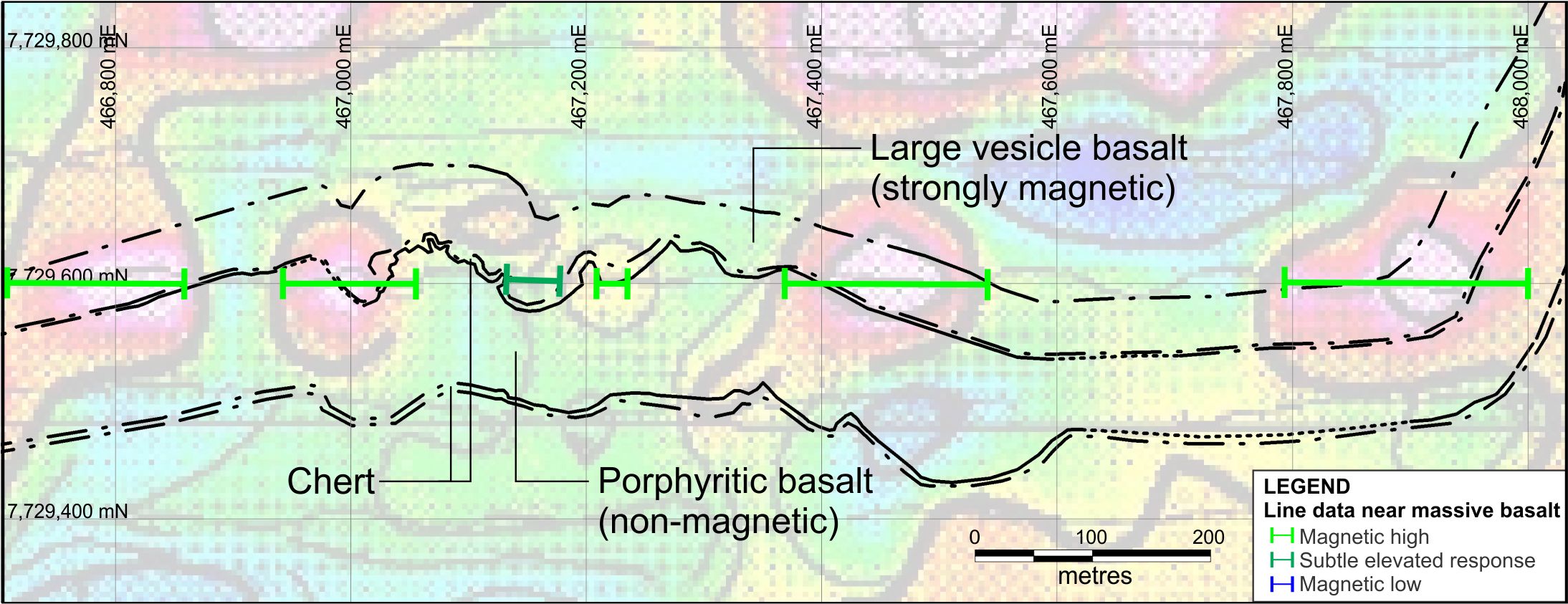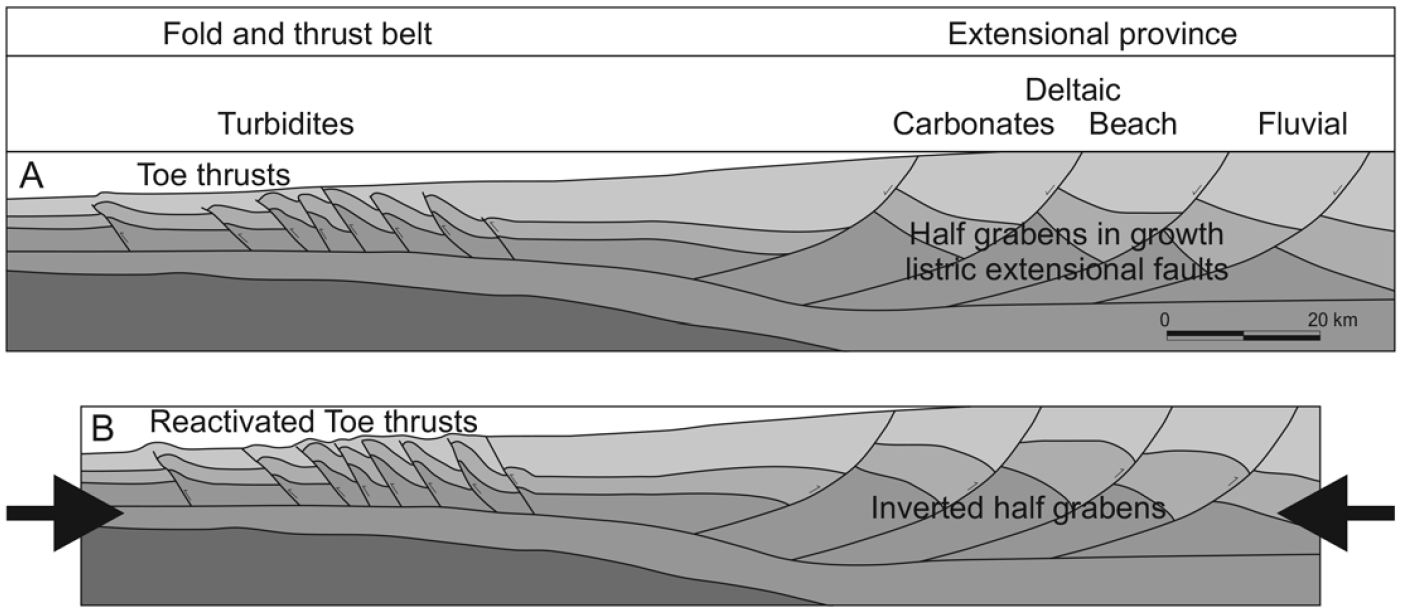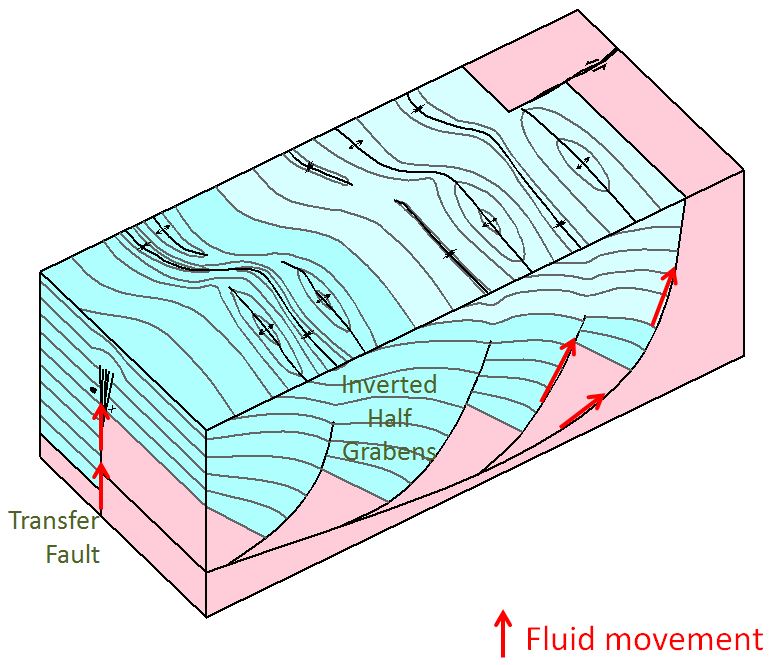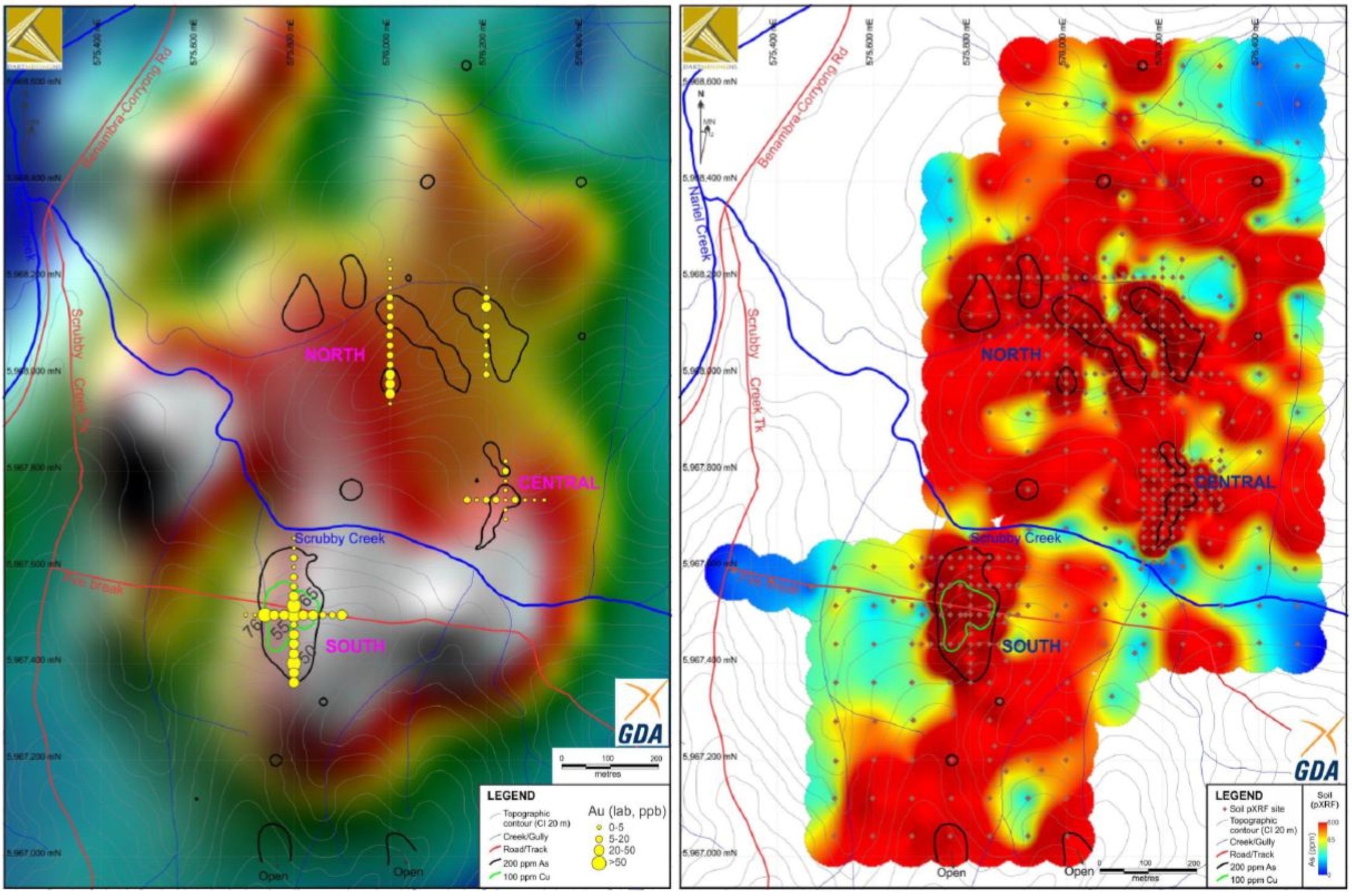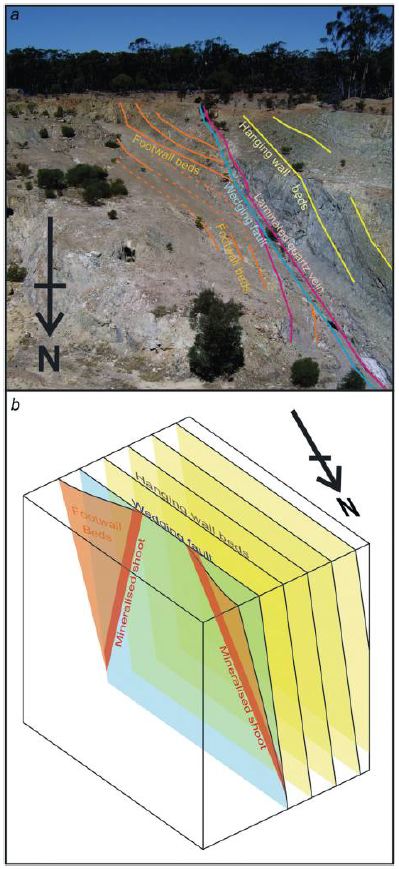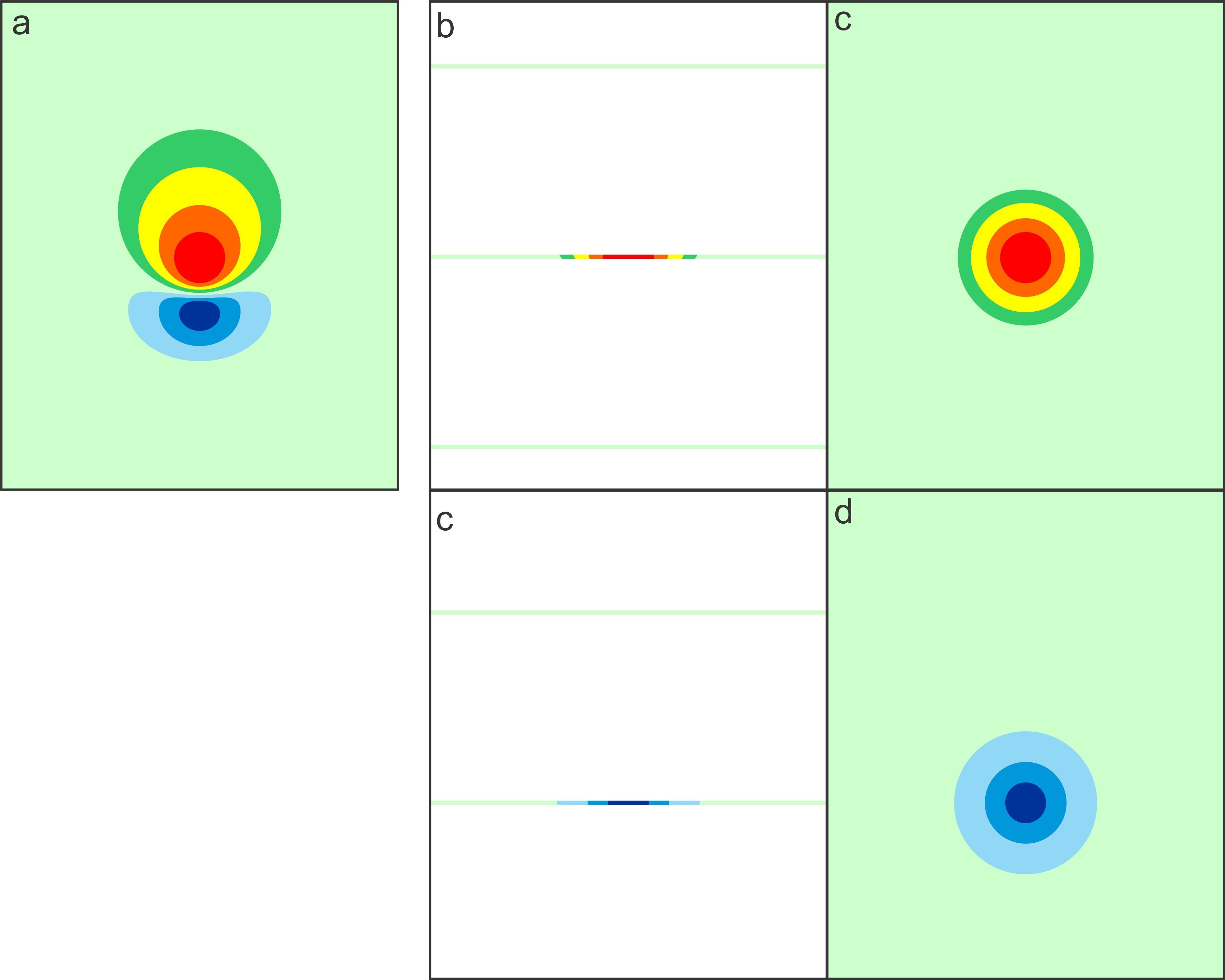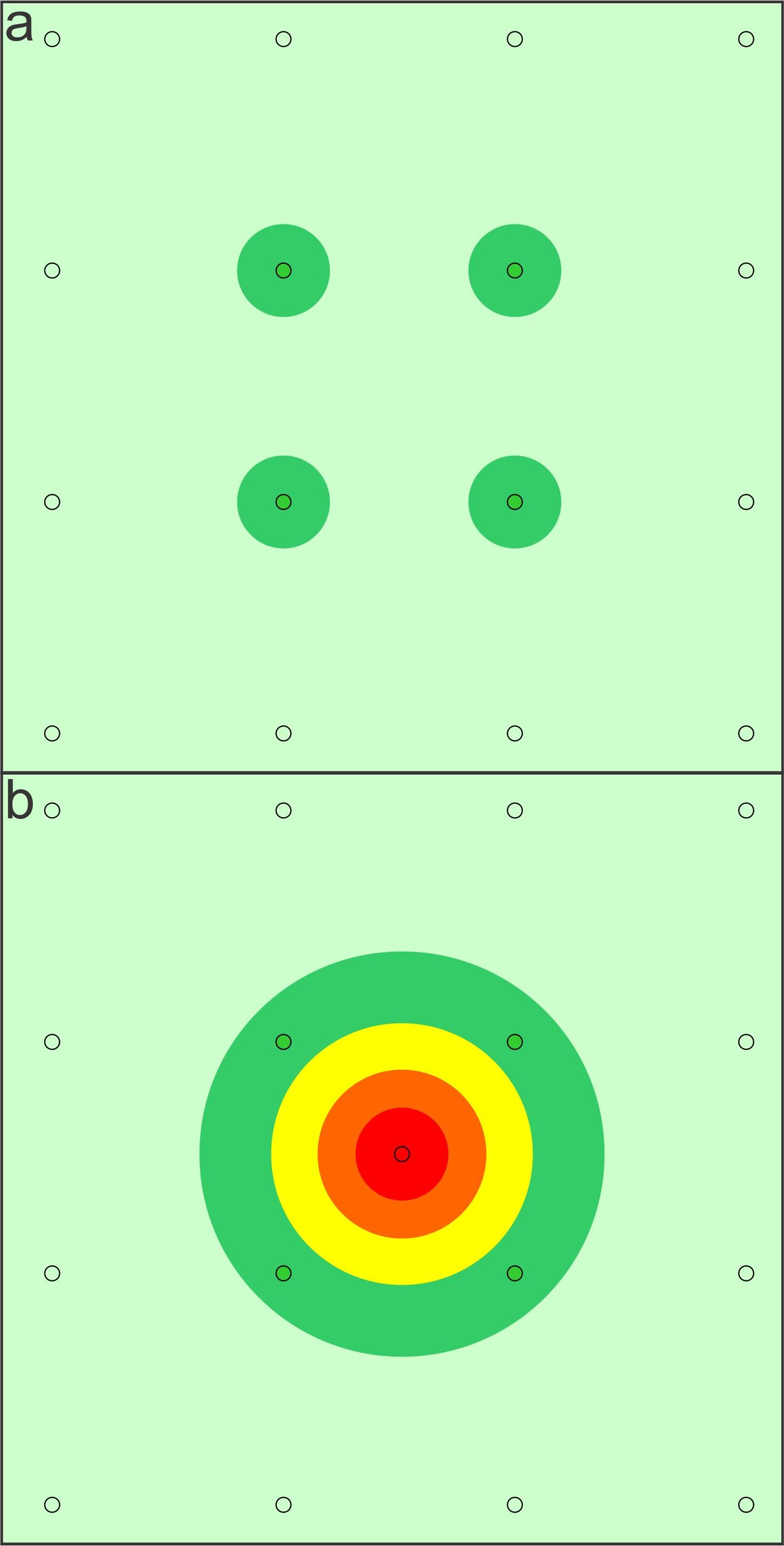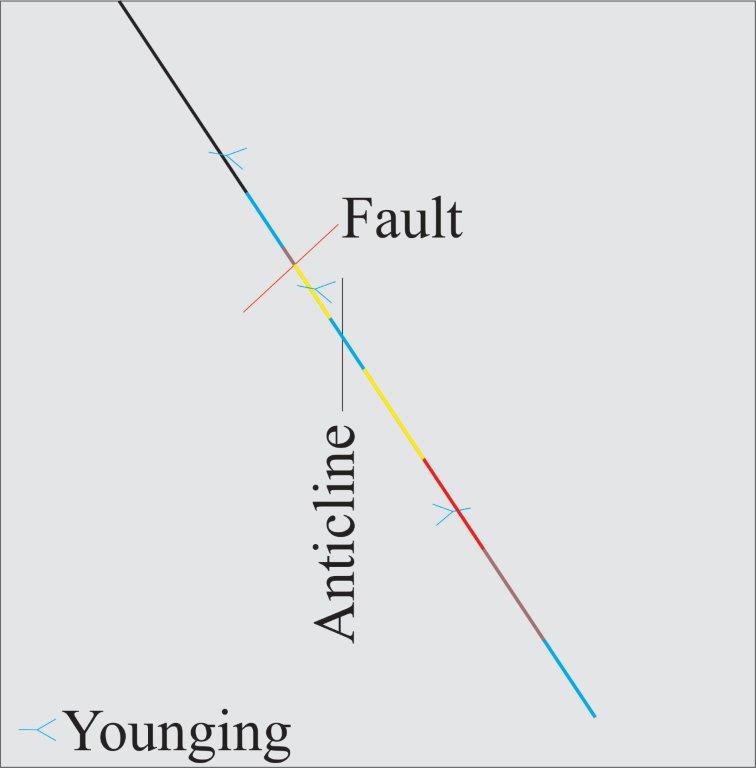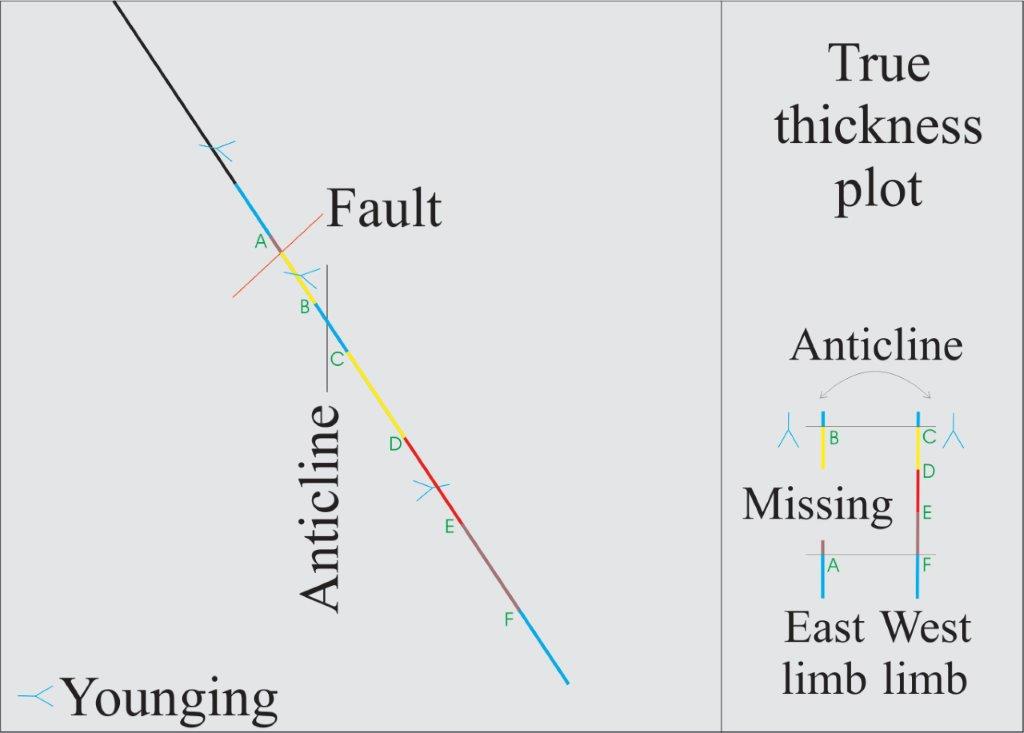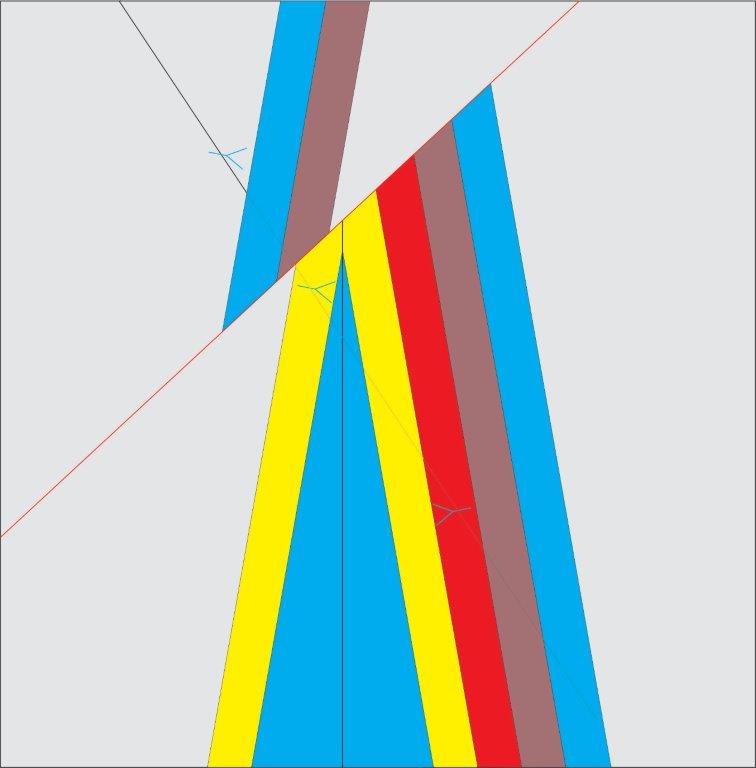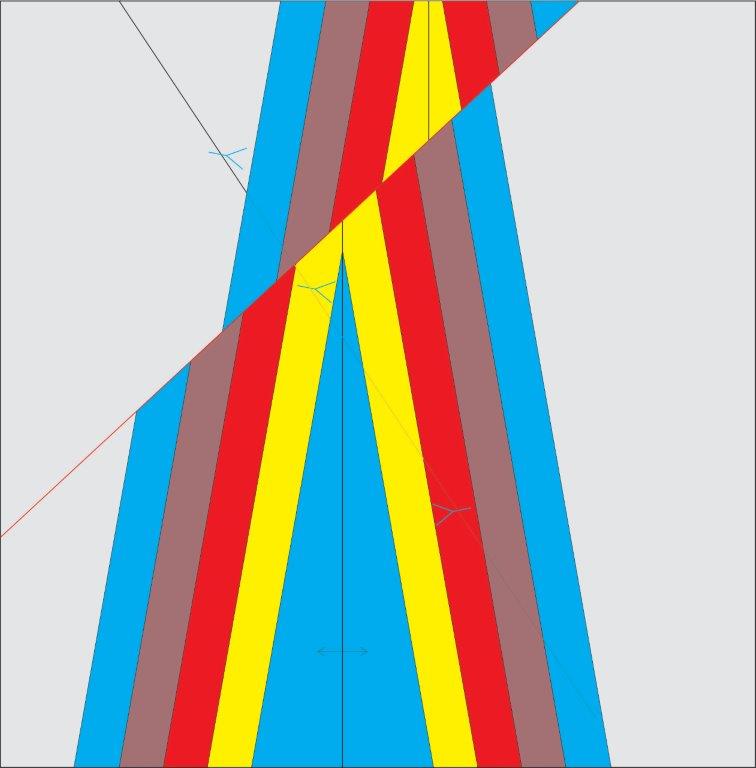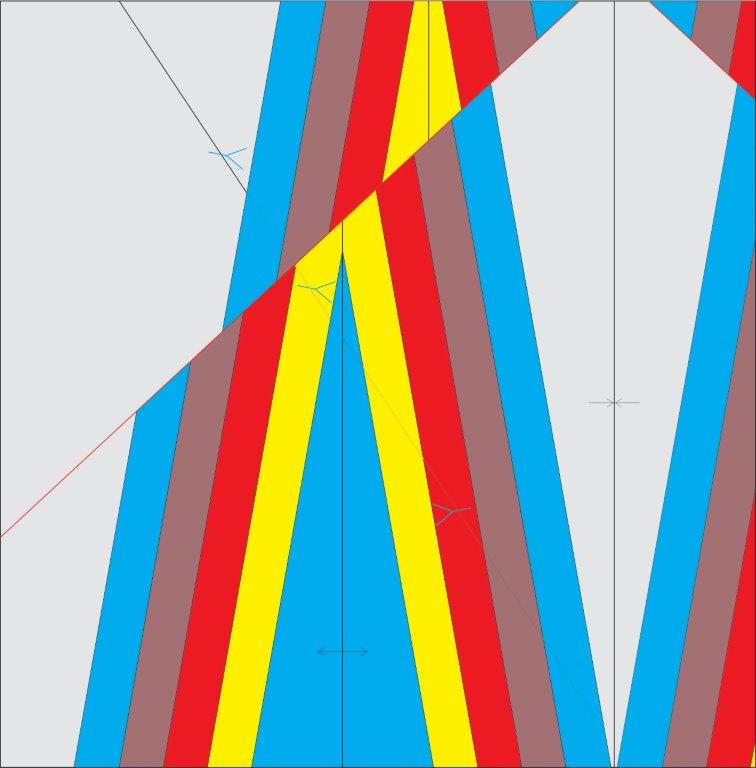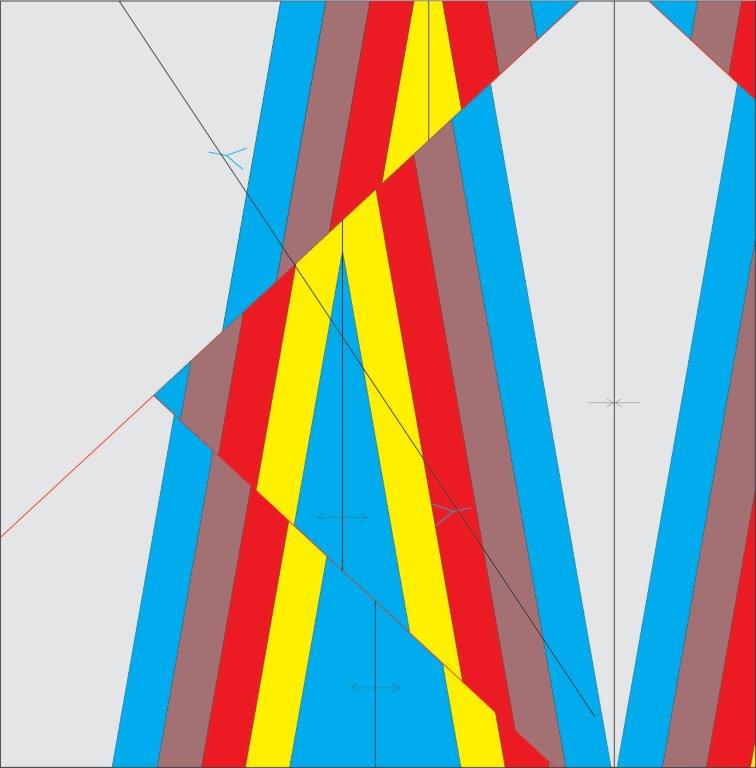Linex Expertise and Examples
| JUMP TO: The interpretation process | FEATURES: |
The logging and interpretation process
Linex specialise in the correlation, reconstruction and interpretation of geological data to generate drill targets. These data can come from drilling, pit or field mapping. Linex developed methods for stratigraphic correlation of drilling data (converted to true thickness from drilled thickness). The interpretation steps outlined below demonstrate how sch data are used to reconstruct and interpret drilling data.
Step 1: Plot key data points on the drill holes
|
Step 2: Plot correlated marker horizons
|
Step 3: Reconstruct data
|
Step 4: Constrained interpretation
|
Step 5: Unconstrained interpretation
|
Step 6: Speculative interpretation & target generation
This is where the true value of the interpretive process lies for the explorer. The ability to see into the unknown and define new targets but built from the solid foundations of their reconstructed and interpreted data. |
